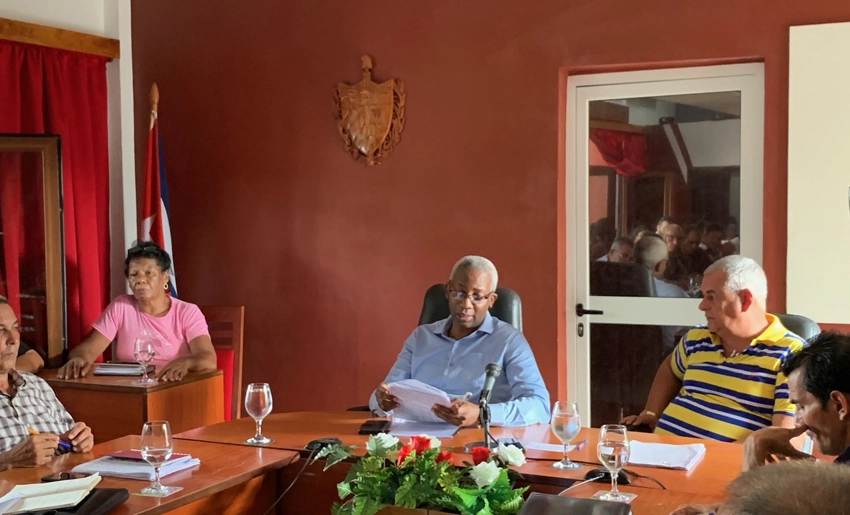From May to date, the behavior of the electric consumption in Holguin province is below the planned, although it is a somewhat discreet consideration according to what was announced in the Provincial Electricity Council.
The meeting had as central axis the analysis of the violations of the Instruction No.3 of 2023 of the Prime Minister of Cuba, referring to a set of measures to promote the saving of electric energy in the current economic scenario.
According to statistics, only the municipality of Moa overdraws its electricity plan due to the high energy consumption to maintain the production of nickel, a very important exportable item of the country.
According to the National Office for the Control of the Rational Use of Energy (ONURE), 13 state companies in the territory consume more than the designed plan. They are AZCUBA, Cubanacán, UEB Railways and the industries linked to nickel production.
The work session also addressed issues such as the solution to the low availability of generators in mountain communities and the pruning of trees to prevent damages and breakdowns in power lines in the event of the possible passage of meteorological phenomena during the current hurricane season.
The meeting was attended by the member of the Central Committee of the Communist Party of Cuba (PCC) and First Secretary of the PCC in the province Joel Queipo Ruiz, and Manuel Hernández Aguilera, Governor in the territory.
Provincial Energy Council, Holguín
As Holguín is one of the provinces with the largest number of industries and inhabitants, it is the fourth with the highest energy consumption in the country, which leads to important affectations in the electric service when there is a high deficit of generation capacity.
With information by Miguel David Bruzón Hernández
- Cuba Adopts Winter Time on November 2nd - 1 de November de 2025
- Venezuela Sends Humanitarian Aid to Cuba and Jamaica - 1 de November de 2025
- Cuba clarifies alleged offer of aid from the U.S. - 1 de November de 2025

